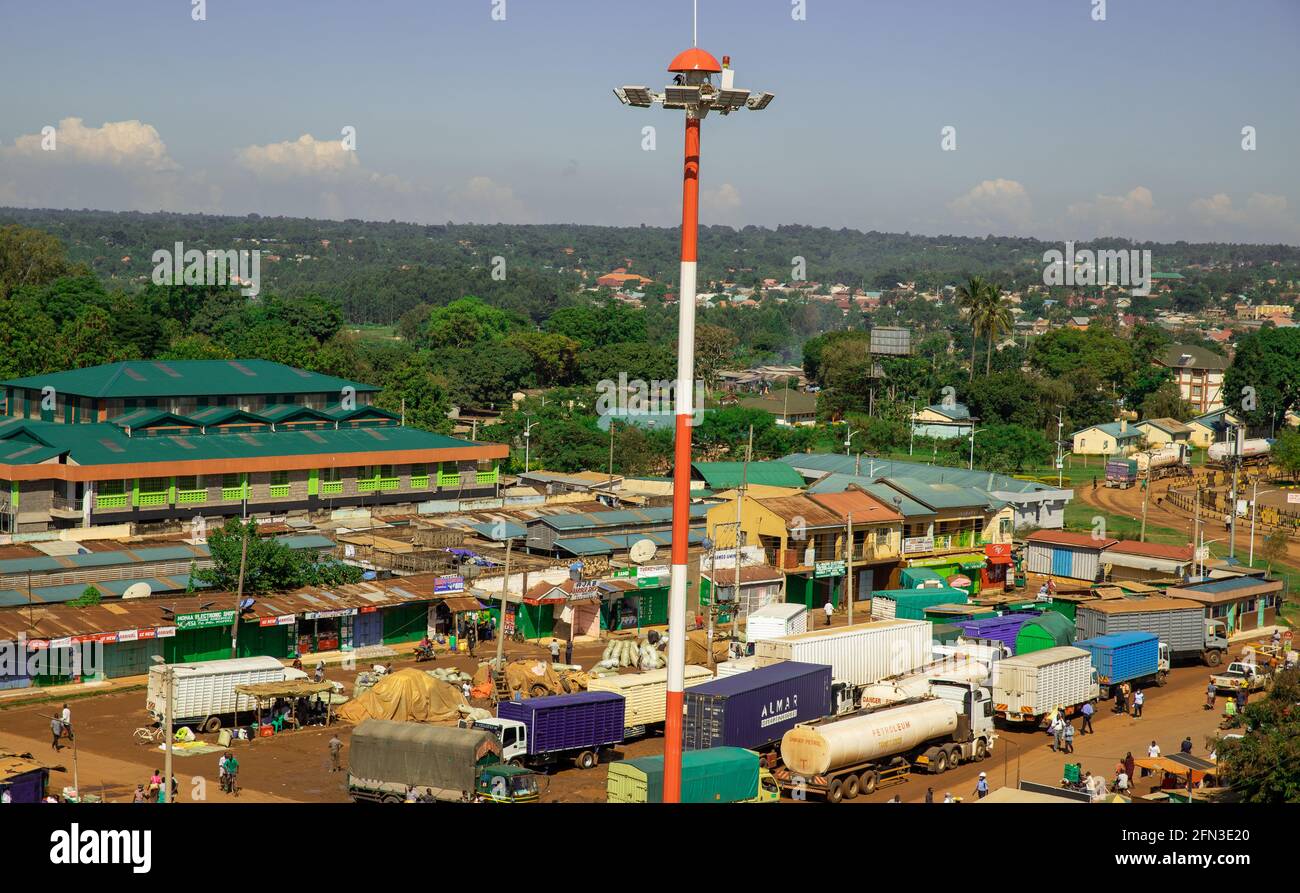
Busia County, located in the former Western Province of Kenya, shares its western border with Uganda and lies adjacent to Lake Victoria to the southwest. Covering approximately 1,628.4 square kilometers, it is among Kenya's smaller counties. As of the 2019 census, Busia County had a population of 893,681 residents.
Administrative Divisions:
The county is divided into seven administrative sub-counties:
- Nambale
- Butula
- Funyula
- Budalangi
- Matayos
- Teso North
- Teso South
These sub-counties are further subdivided into 35 wards, 60 locations, and 181 sub-locations.
Demographics and Culture:
Busia County is predominantly inhabited by the Luhya and Iteso communities, with a notable presence of the Luo community. The county's cultural diversity is reflected in its languages, traditions, and social practices. While Swahili and English are widely spoken, many residents also communicate in their native tongues.
Economy:
The county's economy is primarily driven by trade, agriculture, and fishing:
-
Trade: Busia town serves as a significant cross-border trade hub with neighboring Uganda, facilitating the exchange of goods and services.
-
Agriculture: Key crops include cassava, millet, sweet potatoes, beans, and maize. Sugarcane farming is also prevalent, especially in areas like Nambale and Matayos.
-
Fishing: Proximity to Lake Victoria enables fishing activities, particularly in the Budalangi and Samia sub-counties.
Geography and Climate:
Busia County features diverse landscapes, from the plains along Lake Victoria to rolling hills in areas like Funyula. The county experiences a tropical climate, with significant rainfall influenced by its proximity to the lake. This climate supports its agricultural activities but also poses challenges such as periodic flooding, especially in low-lying regions.
Health and Education:
The county has a network of health facilities, including a county referral hospital, sub-county hospitals, health centers, and dispensaries. Common health challenges include malaria, respiratory diseases, and diarrheal illnesses.
In education, Busia County boasts numerous primary and secondary schools, as well as tertiary institutions like Alupe University College, contributing to the region's educational development.
Governance:
The county government, led by Governor Paul Otuoma, is committed to promoting development and improving the livelihoods of its residents. The county assembly, comprising elected and nominated members, plays a crucial role in legislation and oversight.
Challenges and Opportunities:
While Busia County faces challenges such as infrastructure development, healthcare access, and periodic flooding, it also holds significant potential. Its strategic location as a gateway to East and Central Africa positions it as a vital trade and logistics hub. Ongoing investments in infrastructure, education, and healthcare aim to harness this potential for the benefit of its residents.
For more information about Busia County's initiatives and services, you can visit the official county website.

